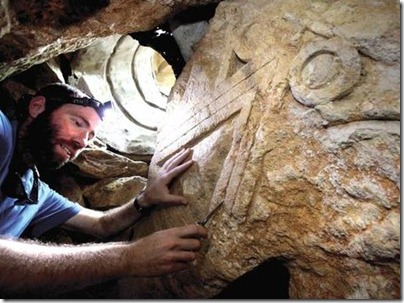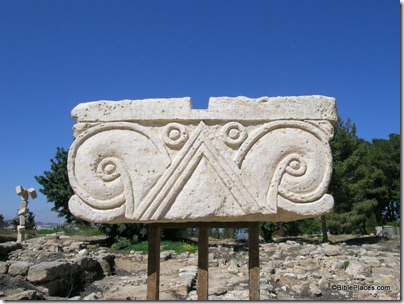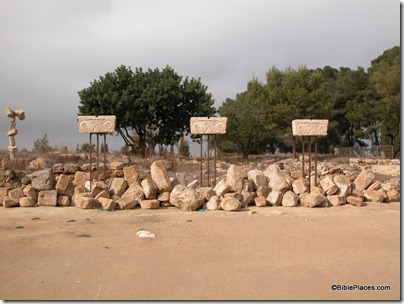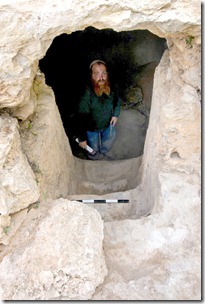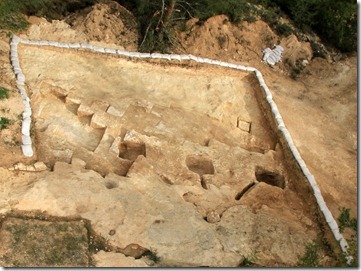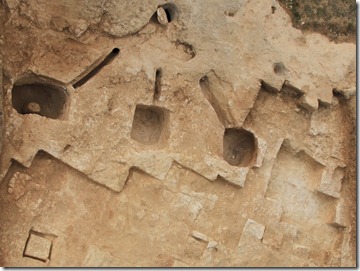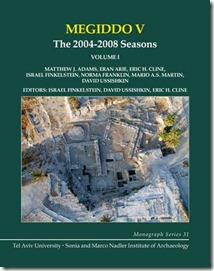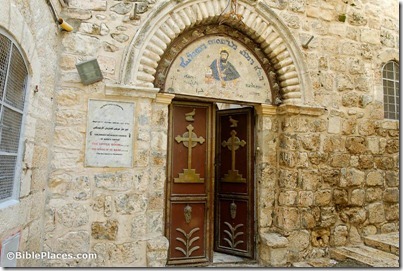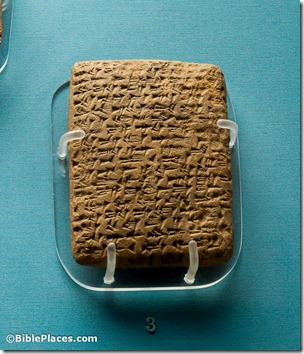Joseph Lauer has passed along word of a report in the Hebrew daily Makor Rishon that is currently available in English only in The Jewish Press. Specifics are limited, perhaps because of fears of vandalism or political maneuvers.
The article mentions an “ancient column with a crown,” but the photo in Makor Rishon shows a proto-Aeolic capital. More than three dozen of these royal capitals have been found throughout Israel, including one in the City of David and ten at Ramat Rahel. They clearly date to the time of the kings of Israel and Judah and the quality of construction indicates that these capitals are part of royal architecture.
The capital was found in a cave between Jerusalem and Bethlehem. Yaron Rosenthal believes that an entire building from the time of Judah’s monarchy may be waiting to be unearthed.
The story in The Jewish Press mostly focuses on the political angle, reporting on the allegation that the Israel Antiquities Authority has known about the discovery for the last year and a half but is ignoring it for political reasons.
